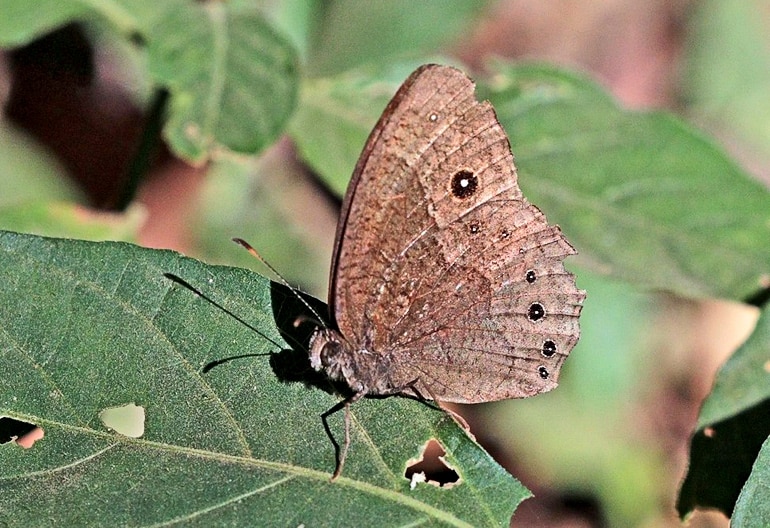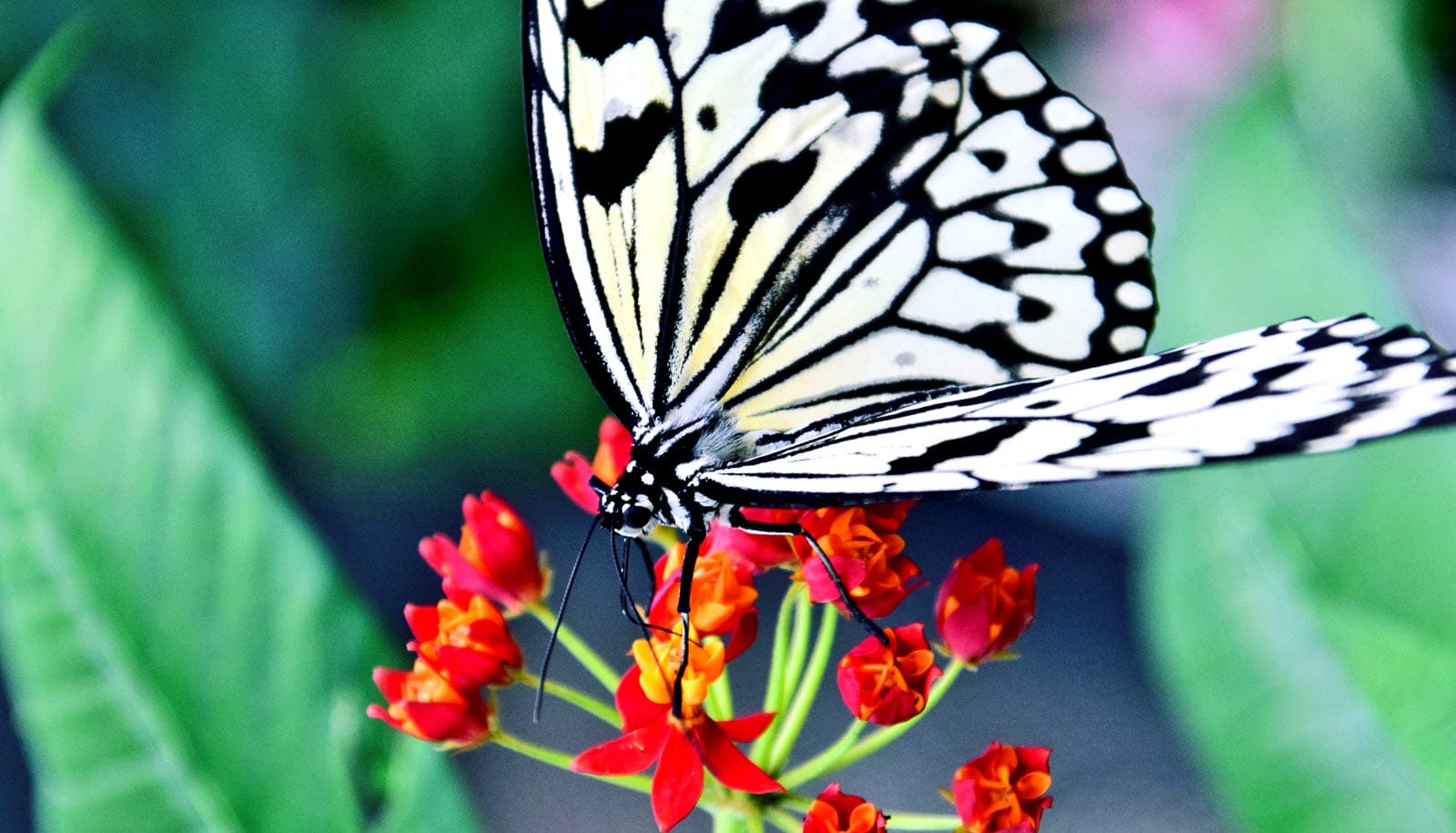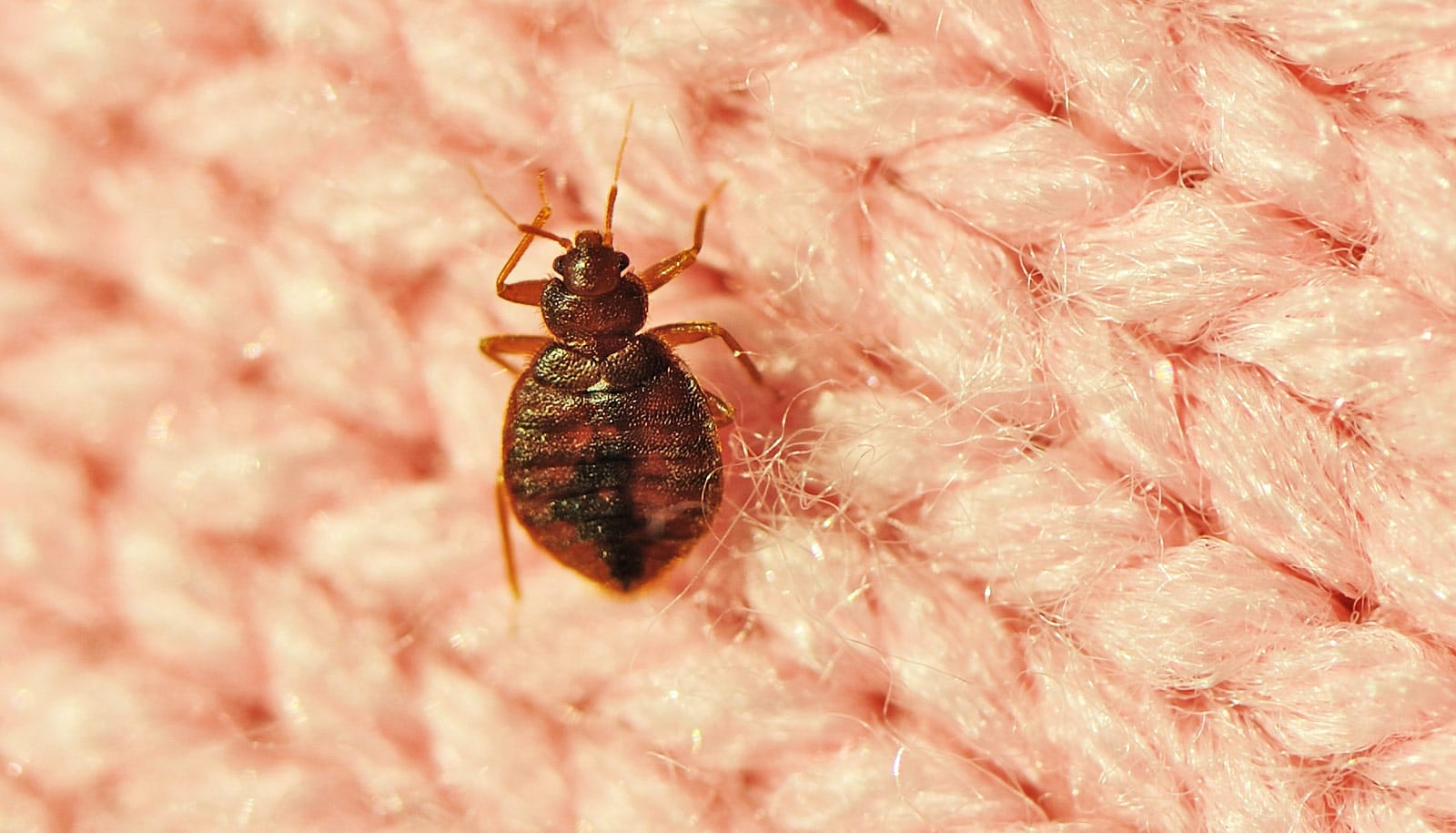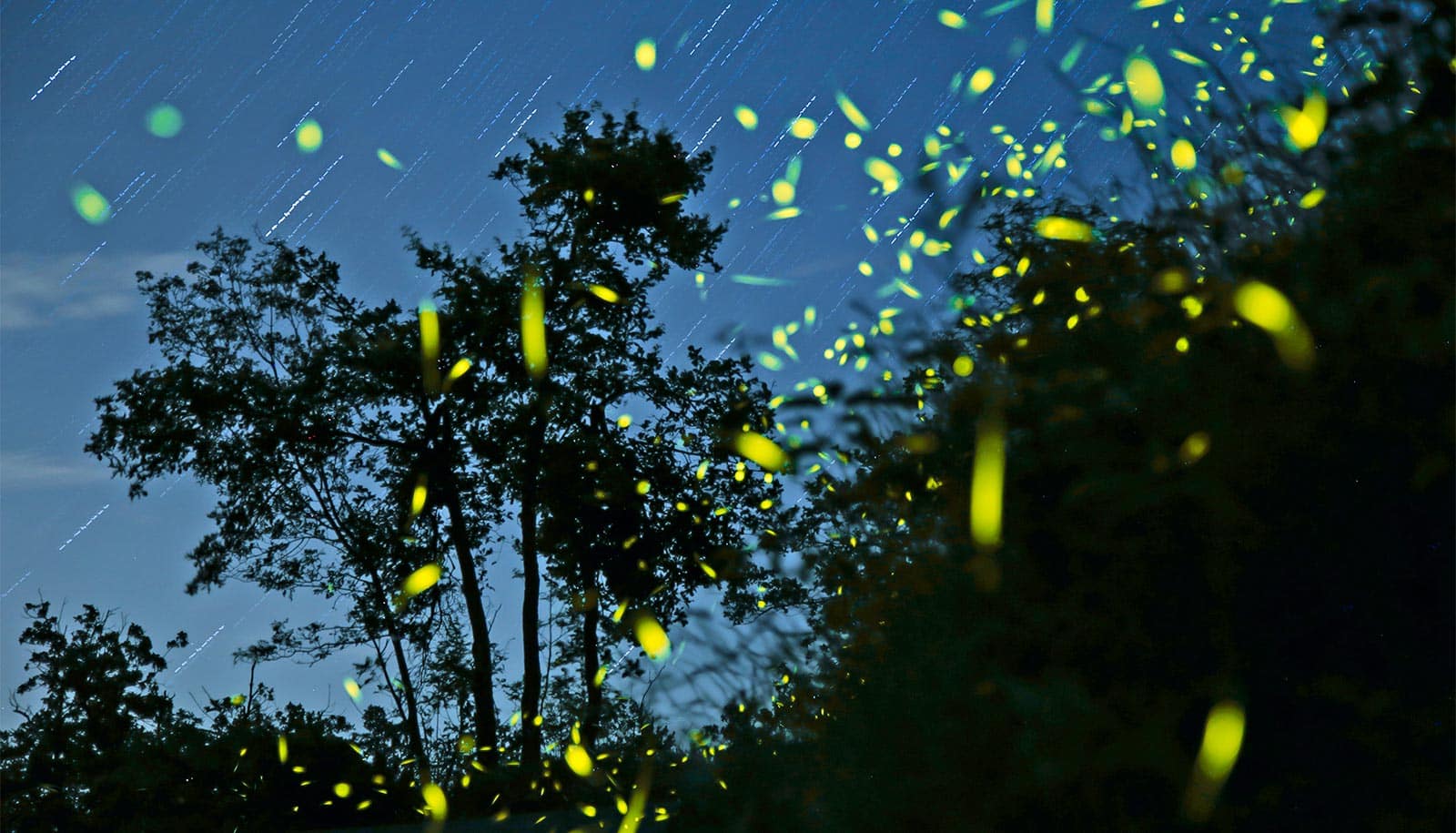Butterflies often display strikingly different color or patterns on the dorsal (top) and ventral (bottom) sides of their wings. A new study reveals the gene responsible for the dorsal side.
Researchers made the discovery while looking at the expression and functions of apterous A in the African squinting bush brown butterfly Bicyclus anynana, which has a well-annotated genome, during its wing developmental stage.
The diversity in the appearance of the dorsal and ventral wings of many butterflies has evolved depending on what the wing surfaces need to do, researchers say.
When the butterflies are resting with their wings closed, the ventral surfaces are exposed; the patterns on these surfaces usually enable camouflage and avoidance of predators. On the other hand, dorsal surfaces, visible when the wings are open, often have colors and patterns that specifically attract potential mates.
How those distinct differences occur, however, has not been clear.

Wing patterns
Researchers knew the gene apterous A plays a role in the wing development of some insect species, in functions such as the outgrowth of the wing and determination of the dorsal-ventral boundary, so they thought it could be involved in differentiating the appearance of the two wing surfaces, as well.
Biologists investigated the expression of apterous A in the butterfly’s wings and then selectively removed it from the genome in a gene knockout process to verify its functions in wing development and patterning.
The experiments revealed that apterous A was expressed solely on the dorsal wing surfaces of the butterflies, and not on the ventral surfaces. Additionally, during the gene knockout process, they discovered that mutating apterous A in the butterflies’ genome caused defects in wing development.
They also observed some additional effects on the butterfly wings.
“When this gene is mutated, the dorsal wing patterns of butterflies with the mutated genome develop the same patterns as their ventral wing surfaces. This means that apterous A is involved in the determination of the appearance of the dorsal surface,” says Anupama Prakash, a PhD student in the biological sciences department at the National University of Singapore.
Eyespots
This gene likely interacts with other genes found on the dorsal wing surfaces to direct the patterning of the dorsal wing surface.
During their studies, the researchers discovered that apterous A also acts as an inhibitor of the formation of eyespot patterns—markings that resemble an eye—on the dorsal surfaces of the butterfly wings. When the gene was deleted, multiple additional eyespots developed on these dorsal wing surfaces—as many as the number present on the ventral surfaces.
“In the evolution of butterfly wing patterns, eyespots appeared on the dorsal wing surfaces of butterflies long after their origin on the ventral surfaces, but the reason for this was unclear,” says associate professor Antonia Monteiro.
“We discovered that in the small regions on the dorsal wing surfaces where a few eyespot centers were observed, there was an absence of apterous A gene expression. This implies that the local repression of apterous A is likely to have caused eyespots to finally develop at these locations.”
Further, the presence of the apterous A gene has an effect on sex-specific wing traits on the fore- and hindwings on the dorsal surfaces. On males’ dorsal forewings, it acts as a repressor, inhibiting the male pheromone producing organs and silver scale development. On their dorsal hindwings however, it acts as an activator, promoting the development of pheromone disseminating hairs and silver scales.
To test tricky butterflies, fool birds with 3,600 fakes
The researchers believe that the apterous A gene probably interacts with other sex-specific and wing-specific factors to affect the development of these traits.
“This study has identified a gene that influences surface-specific wing patterns in butterflies,” Prakash says. “This can potentially be used as a biomarker to understand how specific cells produce the different colors and patterns that we see on butterfly wings.
Some tropical butterflies are flower ‘specialists’
“Since apterous A is expressed only in cells of the dorsal surface, we can now identify dorsal-specific cells based on this gene expression. This is very useful if, for example, we want to study how a certain color develops. In some butterfly species such as the Morphos, the ventral surface is mostly brown while the dorsal surface is blue. Isolating dorsal-specific cells by using apterous A as a marker can help us study how these blue scales are developing.”
The findings appear in Proceedings of the Royal Society B.
Source: National University of Singapore



